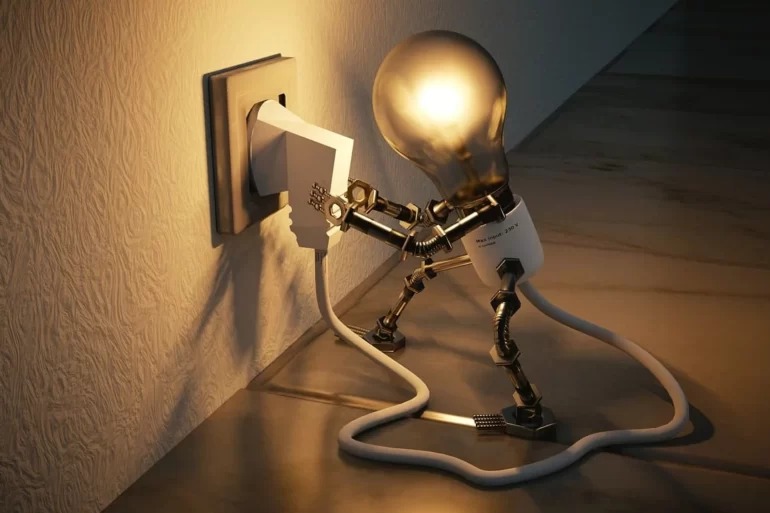Saturday, 03/01/2026 | 05:37 GMT+7
The Department of Energy (DOE) is stepping up efforts on the accelerated compliance of government agencies and entities on the mandated 10 percent savings on energy usage that they must achieve, as prescribed under Administrative Order (AO) 15 that was issued by President Marcos early this year.
The Philipines Department of Energy.
To fully apprise all government agencies on the Government Energy Management Program (GEMP), the DOE has been intensifying the conduct of Energy Efficiency and Conservation (EE&C) information drive – with the next leg of summit happening at the Bai Hotel in Mandaue City, Cebu on Tuesday (July 23).
According to the DOE, the scheduled summit “will bring together EEC professionals from the public sector to address challenges and seize the opportunities in implementing EEC projects in government establishments.”
Energy Secretary Raphael P. M. Lotilla noted “EEC professionals in the public sector have a dual responsibility--- to lead by example and to inspire broader societal change.”
He qualified that “by demonstrating the tangible benefits of energy management, this Summit will foster a momentum for the wider adoption of sustainable solutions and practices within the government sector.”
The energy department restated that the GEMP “aims to reduce government-wide electricity and fuel consumption by at least 10% through strategic energy efficiency and conservation measures.”

Within the first quarter of this year, the DOE vouched that the State already logged equivalent reduction in electricity usage by a scale of 31 gigawatt-hours (GWh) and that redounds to P361 million in cost savings.
On the fuel consumption of the government offices and other State-run establishments, registered savings rounded up to more than half-a- billion liters and that would equate to P35 million cost savings.
In the forthcoming summit, the DOE specified that the focus-topics shall be on “innovative EEC solutions specifically designed for government building and facilities.”
Specifically, AO 15 warrants the conduct of “comprehensive energy audits, inventories of current energy-consuming equipment, and clear timelines for upgrading to more energy-efficient alternatives.”
Further, the DOE-underpinned summit will showcase “best practices in energy efficiency applicable to the government, processes for formulating EEC plans for local government units and other entities.”
The wider scope of the event will also touch on prospective “regional cooperation in EEC initiatives across the Philippines,” the department added.
As conveyed by the Philippine Energy Efficiency Alliance (PE2) on the recent outcome of a World Bank report, “the Philippine energy intensity continues in the interim to be relatively lower than the global average for pure economic structural reasons.”
The group expounded that “our economy is less energy-intensive due to a major shift of production to the service sectors, a modest contribution from agriculture and a continued reliance on OFW (overseas Filipino workers) remittances.”
Nonetheless, it was stipulated that the Philippine Development Plan is in concert with the Philippine Energy Plan (PEP) in projecting “significant increase in industrial production, which includes heavy and medium industrial activities.”
PE2 thus emphasized that a “foreign direct investment-dependent reindustrialization and perennial pressure to bridge grid supply deficits will cause our energy intensity to gravitate toward the global average,” adding that such “will accelerate annual growth in energy prices and carbon intensity of the economy.”
Taking cue from that, PE2 President Alexander Ablaza reiterated that “only a massive implementation of energy efficiency interventions across all end-use sectors can help maintain our energy intensity at levels below 3 MJ (megajoules) per USD 2017 PPP (purchasing power parity).”
He thus stressed “it is imperative for the economy to mobilize over P12 trillion in energy efficiency investments to shave off at least 182 Mtoe (million tons of oil equivalent) in final energy consumption through 2040.”
According to PE2.org








 Webinar 2: “Financial Support for Energy Efficiency Enterprises – Opportunities and Challenges”
Webinar 2: “Financial Support for Energy Efficiency Enterprises – Opportunities and Challenges”
 Vietnamese enterprises achieve green growth and cut costs through energy efficiency
Vietnamese enterprises achieve green growth and cut costs through energy efficiency
 Capacity Building for Program Implementing Entity
Capacity Building for Program Implementing Entity
 Enhance Energy Efficiency Knowledge for Managers of Cement Industrial Enterprises
Enhance Energy Efficiency Knowledge for Managers of Cement Industrial Enterprises
 Capacity building for participating financial institutions in Ho Chi Minh City
Capacity building for participating financial institutions in Ho Chi Minh City
 Strengthening capacity for energy management officers of local government agencies
Strengthening capacity for energy management officers of local government agencies
 Steel Enterprises Saving Energy and Enhancing Competitiveness
Steel Enterprises Saving Energy and Enhancing Competitiveness